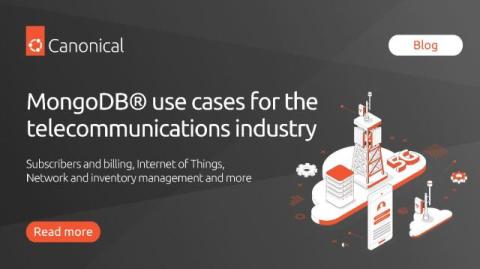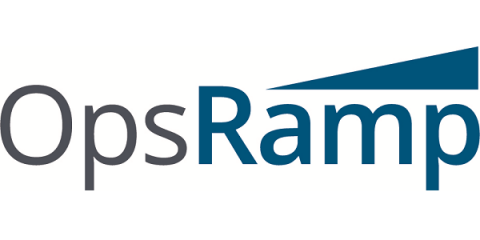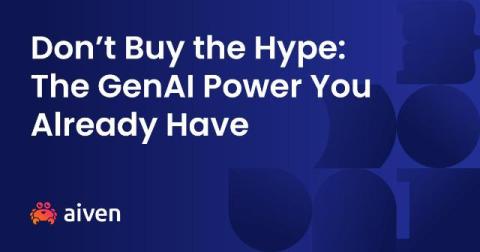MongoDB use cases for the telecommunications industry
A trusted database is fundamental to the smooth and secure operation of telecommunications services:, from network management and customer service to compliance and fraud prevention. MongoDB is one of the most widely used databases (DB Engines, 2024) for enterprises, including those in the telecommunications industry. It provides a sturdy, adaptable and trustworthy foundation. It also safeguards sensitive customer data while facilitating swift responses to rapidly evolving situations.











